Aquaculture sector
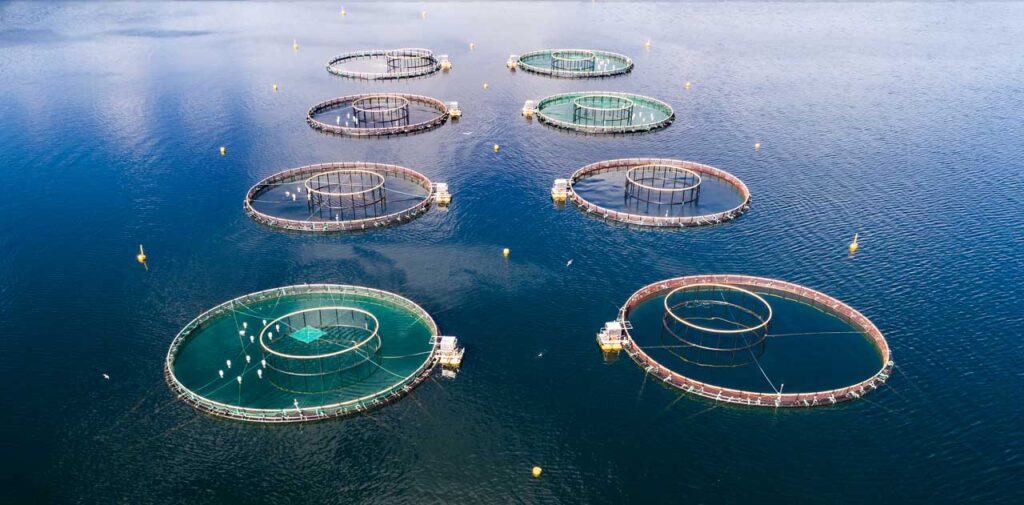
Although EU aquaculture (fish farming) has stagnated over recent decades compared to world production (2019 EU Blue Economy Report), the sector seems to be slowly gaining momentum and has been identified as a potential main driver for jobs and growth in the future. However, amongst those factors affecting growth and sustainability, feed is undoubtedly one of the most pressing. The Maltese Dept. of Aquaculture and Fisheries reports that feed for the vast tuna ranches in Malta is imported frozen baitfish (Aquaculture Directorate, 2019), and a large tuna ranch in Malta – in a report submitted to the Environment & Resources Authority in Malta – states that baitfish are usually herring, mackerel, anchovy and sardines (all species of human consumption). Furthermore, low-quality feed, in addition to affecting the growth of the animal, can lead to an oil slick forming on the surface of the sea, extending over wide areas (ADI Associates for AJD Tuna Ltd, 2018).
In addition, increasing interest is being shown in Recirculating Aquaculture Systems (RAS). These often highly technological systems (which currently largely rely on imported dry feed formulated for marine cages and not for RAS) would greatly benefit from specialised bioactive feed to mitigate stress response and stimulate the immune system of farmed animals. Typical farm management practices, such as overfeeding, netting, high stocking density, air exposure and chasing, cause permanently stressful conditions, which affect not only fish growth and reproductive output (Sneddon, Wolfenden, & Thomson, 2016) (Herrera, Mancera, & Costas, 2019) but also the immune system and increase susceptibility in the organisms to disease (Vazzana, Cammarata, Cooper, & Parrinello, 2002) (Barton & Iwama, 1991).
Bioactive ingredients with an immunostimulant action enhance defence mechanisms and increase resistance to specific pathogens (Barman, Nen, Mandal, & Kumar, 2013). Furthermore, research indicates that certain dietary additives, such as amino acids and fatty acids (sourceable from fish residues), can mitigate the negative effects of stress and disease susceptibility (Herrera, Mancera, & Costas, 2019).
The use of antibiotics is widely practised in fish farming to control the outbreak of disease (Cabello F. C., 2006). However, in the long term, antibiotics create selective pressure for the emergence of multidrug resistant pathogens (Cabello, Godfrey, Buschmann, & Dolz, 2016). Feed enriched with bioactive molecules may also help reduce the use of antibiotics in aquaculture and increase the quality of fish feed, thereby improving the nutritional value of fish (Martinez-Alvarez, Chamorro, & Brenes, 2015).
Bioactive feed would also be of interest in attempting to mitigate stress factors in near-shore farmed species caused by increasingly high sea temperatures and newly emerging disease.

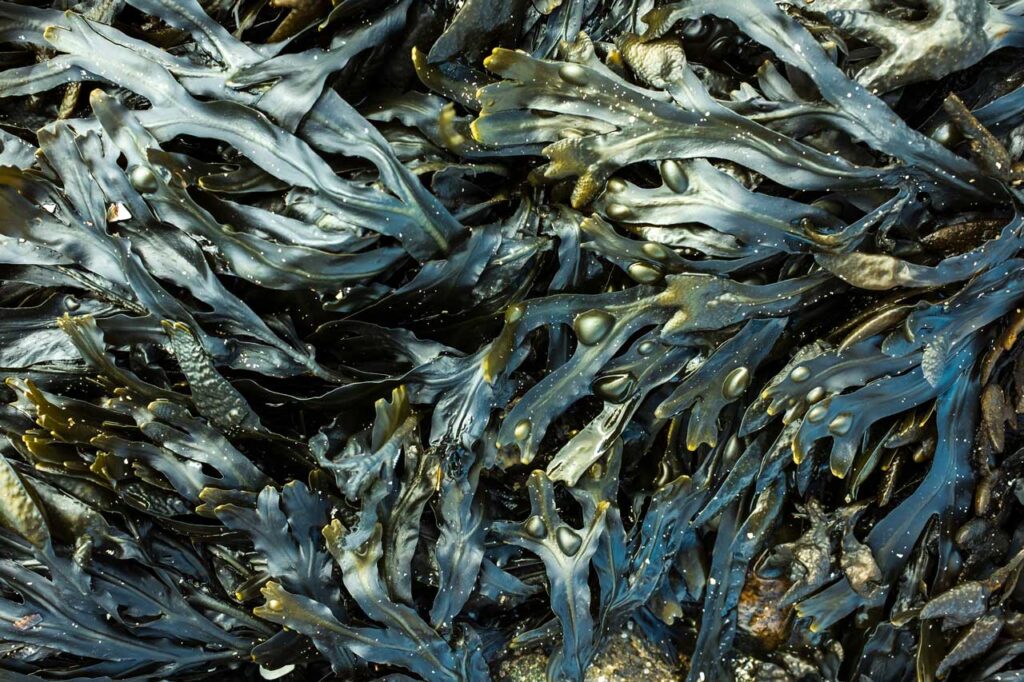
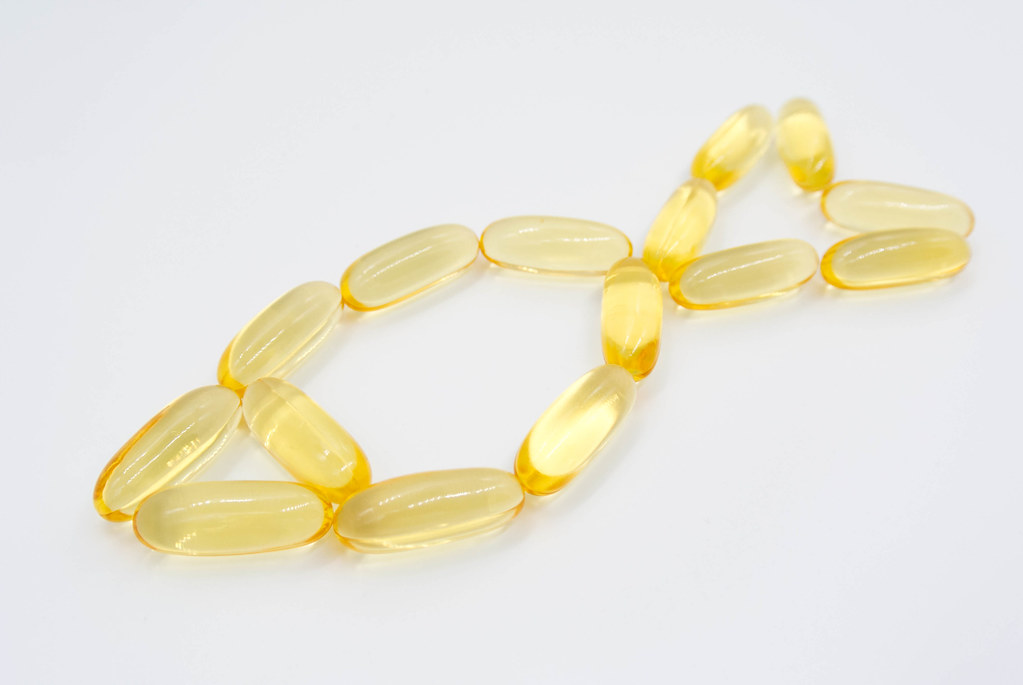
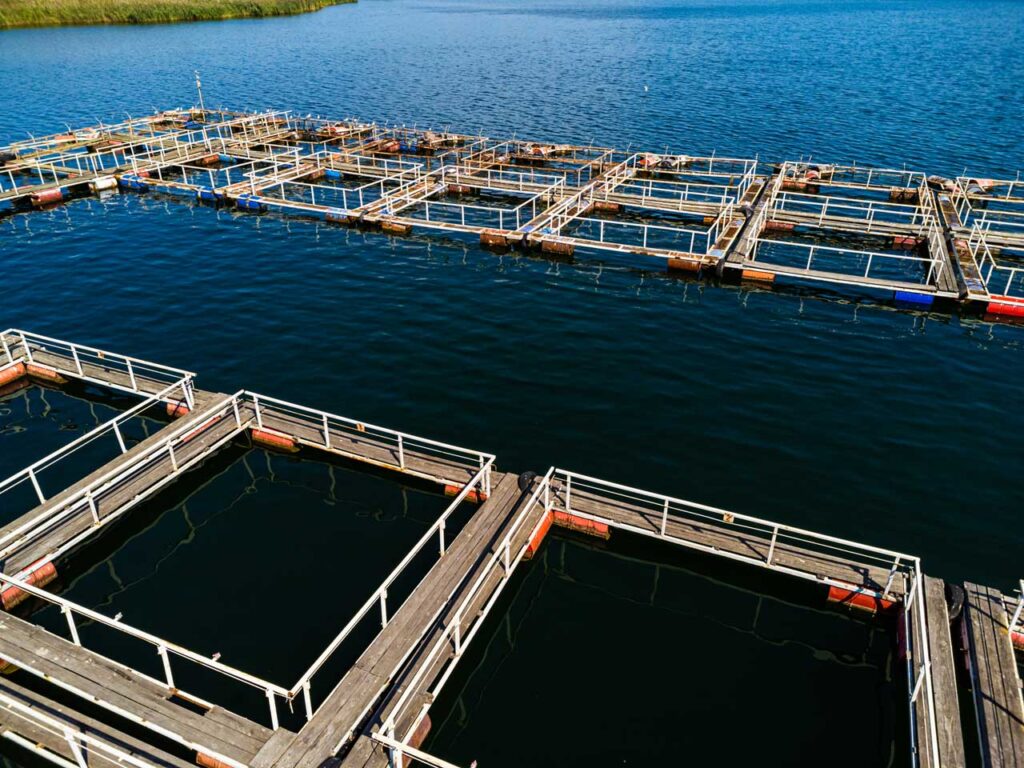
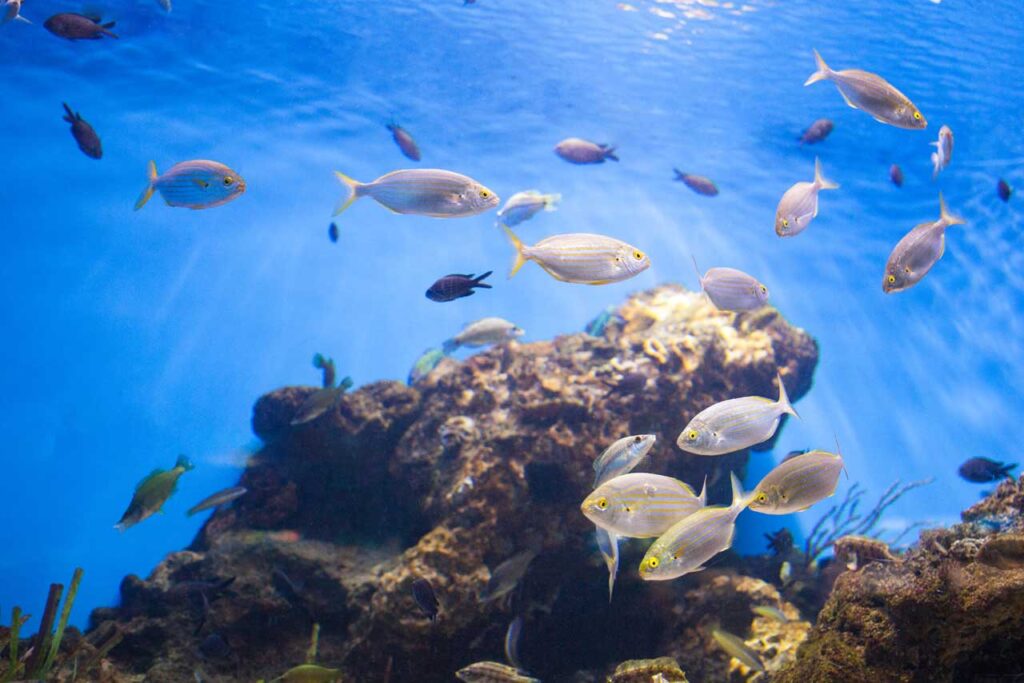

Responses